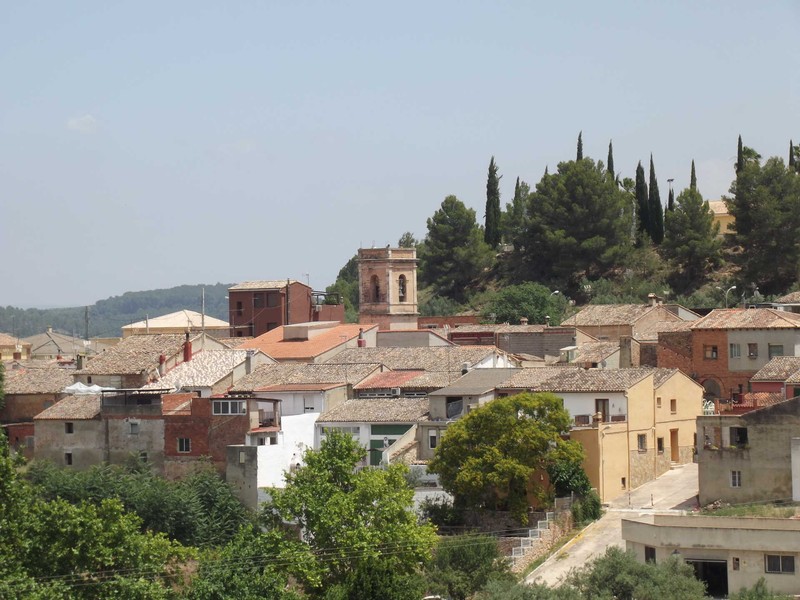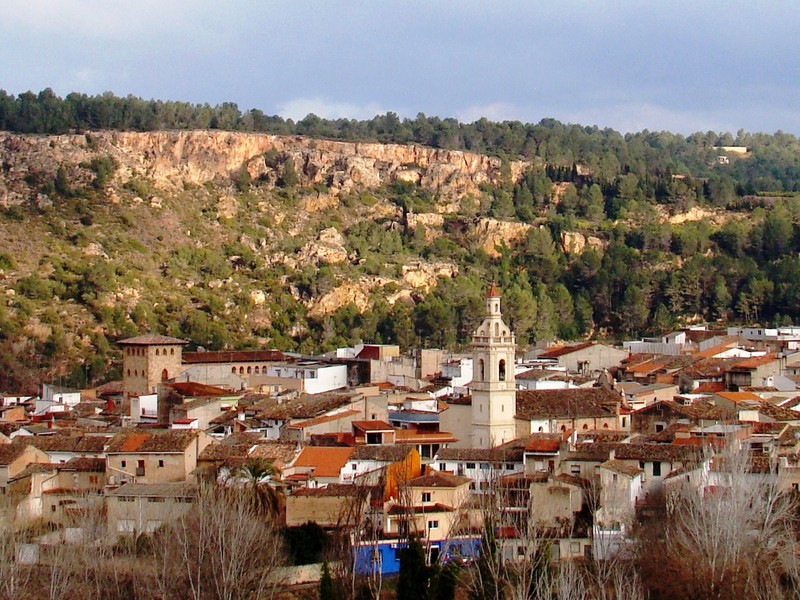Pico Caroche (Bicorp)
The Caroche or Caroig peak is a mountain of 1,126 meters, located in Teresa de Cofrentes, Spain. It is situated
Between 6,000 and 7,000 years ago the first Neolithic communities that occupied the Caroig Massif and the Muela de Millares also left their mark. Footprint painted on the walls of the rocky shelters where they embodied a cosmology formed by archers, women and animals entwined in complex scenes.
The Abric de Vicent, in the Tambuc ravine, is a magnificent example of Levantine art in which, despite the small number of figures, it compiles the main characteristics of this art. On the one hand, the liveliness in the expression of its protagonists present in the two hunting scenes. In one of them, a lone hunter follows the trail of blood left by the injured goat, which is already dying, about to collapse. In the other, a group of archers surround a deer pointing their bows.
On the other hand, one of the most striking features of Levantine rock art is the naturalism of some of its figures that collect every last detail and capture with great fidelity the animal species represented. The large deer on the right of the panel combines the naturalism typical of Levantine art with the technical rarity of being executed simply marking the profiling of the figure and the “lines of decarnate”, something very unusual in this graphic horizon.
The easy access of the site together with the proximity to the site of Tambuc Dinosaur Footprints, make the Abric de Vicent a shelter of rock art ideal for the whole family and perfect to begin in the observation and knowledge of the most important graphic legacy of Prehistory .
The Caroche or Caroig peak is a mountain of 1,126 meters, located in Teresa de Cofrentes, Spain. It is situated
You will love La Canal de Navarrés! It’s an ideal destination for the whole family, to discover with friends, and

Estubeny, located in the interior of the province of Valencia, is an inland destination that hides a unique natural space,

Anna is a beautiful municipality in the Canal de Navarrés, well known for its Anna Lake, a lagoon surrounded by
Copyright © 2023. La Canal de Navarrés. All rights reserved.
Do not hesitate to contact us for any further information.
This website uses cookies so that we can provide you with the best user experience possible. Cookie information is stored in your browser and performs functions such as recognising you when you return to our website and helping our team to understand which sections of the website you find most interesting and useful.
Strictly Necessary Cookie should be enabled at all times so that we can save your preferences for cookie settings.
If you disable this cookie, we will not be able to save your preferences. This means that every time you visit this website you will need to enable or disable cookies again.